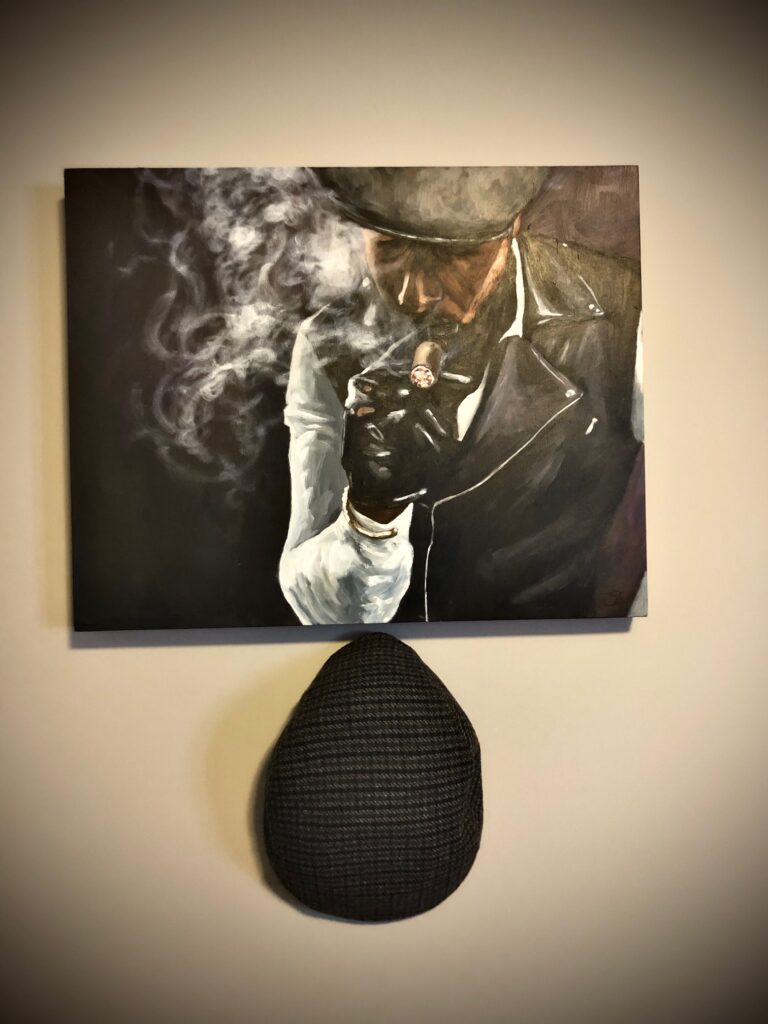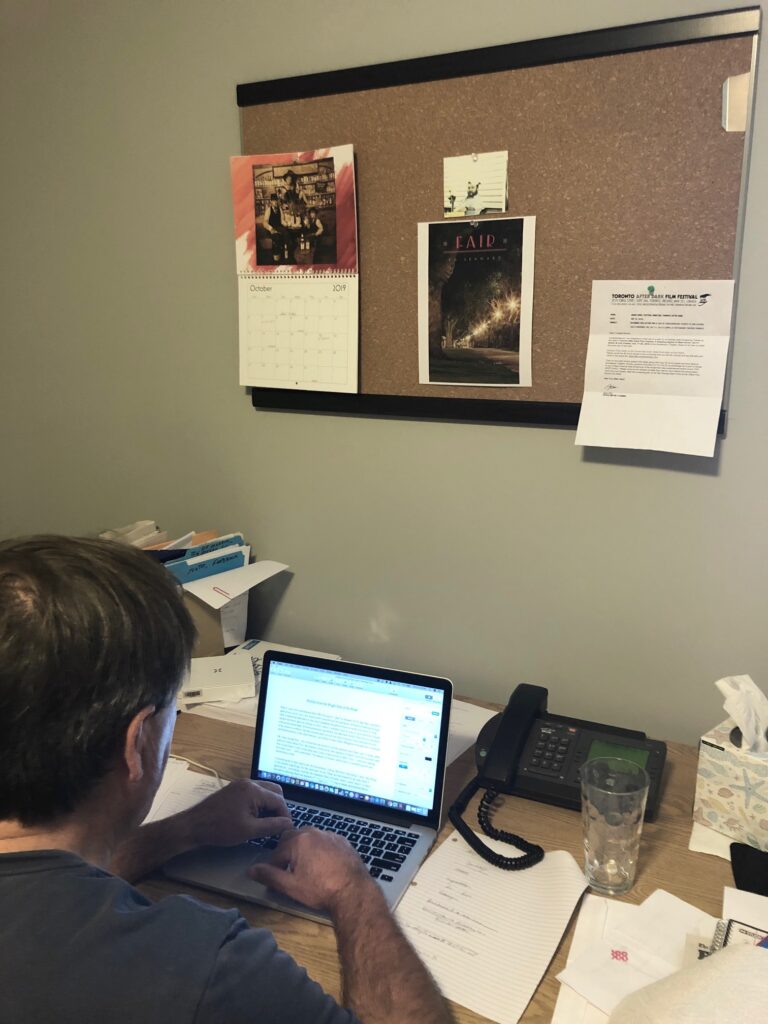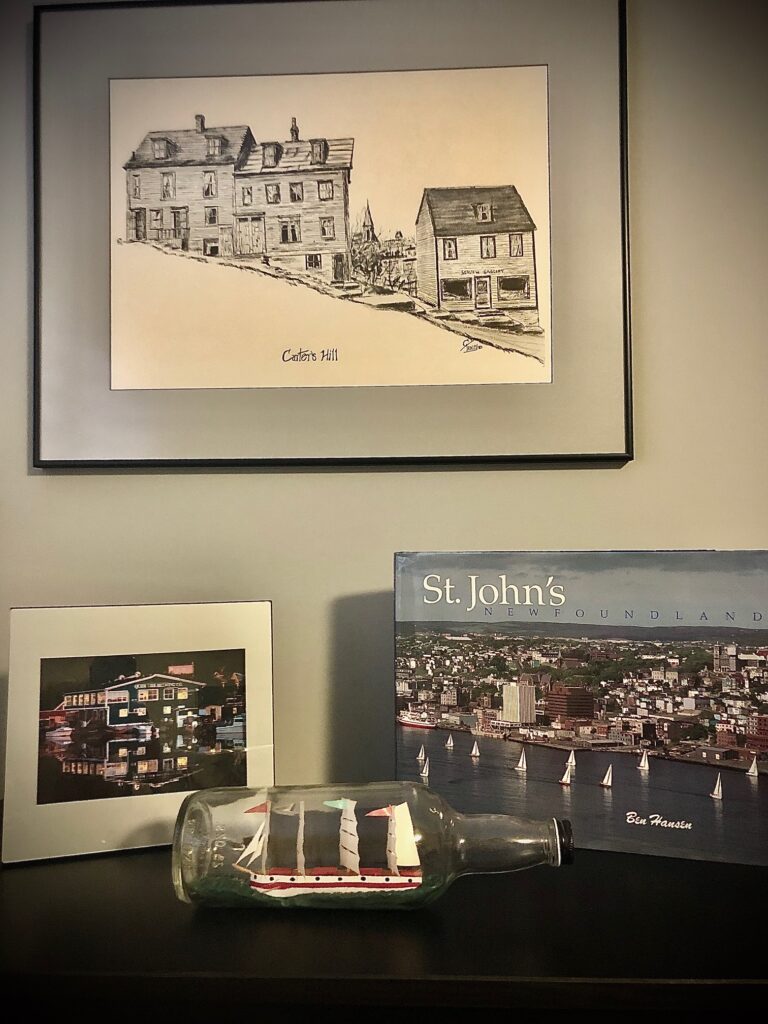
When I received confirmation from The Porcupine’s Quill, in January 2019, that they wanted to publish my novel, Fair, my mind slowly turned from the jubilation of finally breaking through with a traditional publisher to the more mundane thoughts of how to work with them to help market the book upon its release in 2020. Advice, whether read on-line or received from friends with actual knowledge of book promotion, pointed to the absolute twenty-first century necessity of an author’s website. Surf the internet and you will see that everyone from little known self-published authors to the most famous, successful writers (hello Margaret Atwood) have websites.
Ok, clear enough but…why would anyone want to visit the website more than once? I mean, after a person learns about Fair, the premise of the novel, the logistics of when it will be available and how to purchase it, why come back until I have a new novel to offer? You — who are reading this essay now — why come back? No reason, unless there is something new and interesting to read.
Considering all of that lead to the obvious answer: a blog. But here’s the thing: I don’t like blogs. I very seldom read blogs. For the most part, to me, blogs are dominated by an individual’s opinions on…everything. And the one character flaw (of many, many, many) that I’ve been focused on altering these last number of years is to stop being so damn opinionated about…everything! See, already I’ve fallen into talking about me, me, me.

The way not to focus on me, me, me is to focus on others. The fiction I write, as well read for the most part, is “character-driven” and, perhaps, concerned as much about place or “setting”, rather than “plot-driven”. Now, dividing fiction into genres can be a messy and counter-productive exercise. Certainly, “character-driven” novels are classified as “literary” yet “literary” writers often play with genre. For reference, see Atwood (speculative fiction) and Kurt Vonnegut Jr (science fiction). Or, to reverse it, a crime writer like Raymond Chandler can be acclaimed for his work of literary fiction — The Big Sleep is included on many “best of twentieth century novels” lists. Plot is king in crime fiction yet, for Chandler, character and original language rule, which is tellingly exposed by the famous hole in The Big Sleep — a murder goes unsolved and the loose end is neither dealt with nor commented on at the end of the novel. Even his editors didn’t catch it.
Anyway, here is where I’m going with all of this: I thought if I’m going to write for my own website, I need to write that of which I’m interested, but not bogged down by me, by my endless opinions. So, about others then: character-driven. What exactly does that mean?
As I reflected on how I might approach non-fiction writing in the manner I approach writing fiction — character-driven — I thought about a piece I had published in the Globe & Mail’s Lives Lived column regarding my cousin Mike Seaward who was in his mid-sixties when he died quite suddenly. (Click here if you would like to read it.) I had available a multitude of approaches to share his life through writing . In looking back at my approach, I realized that I wanted to write a story that provided this “character” named Mike Seaward, this Newfoundlander, this labour and political activist who engaged the world on his own terms. Of course, there were many other ways to write about Mike, many funny stories, personal stories, but I was constrained by both space and by my desire to present to anyone who never met him, who only knew him by this one piece of writing, as a “character” as if in a compelling piece of fiction that would stay with them for some period of time after they finished the essay.
On thinking about this, I realized that I have met many people throughout my life whose story, when told in a certain light, could present that person to readers as a life lived, though they are still very much alive. Celebrate the lives of people still living, people who could each be seen as a character whose life would continue after the story was finished, worth remembering for a period of time. And somewhere in my head I heard Van Morrison singing about going from the dark end of the street to the bright side of the road.
So if you choose to come back to this website you will read about very real people still very much alive. The people presented, each “character”, whether young or old, whether viewed nearer the beginning, or end, or somewhere in the middle of their personal journey, will be essentially on the bright side of the road: clearly visible and accomplished in their own way, whether famous or not.
In full transparency, since I did start off by talking about my novel and about marketing, I will begin with a couple of folks who are, to some degree, the most famous people I know, in hopes they will help me garner a larger readership. The first Profile will be about the American actor, director and writer Bill Duke who I’ve come to be friends with in Santa Monica, California, where my wife Barb and I now spend our winters. The second will be about Toronto visual artist Gordon Shadrach who has broken through these last few years with exquisite paintings presented in a number of art shows. In 2018 he was featured in the Royal Ontario Museum’s Here We Are Here: Black Canadian Contemporary Art exhibition in 2018, an exhibit that also travelled to Museum des beaux Arts in Montreal and The Art Gallery of Nova Scotia.

Most other Profiles, though, will be of people, although accomplished, who have much less public recognition. Many will be writers or musicians who also do other things, both to make a living and to follow their passions, anything from protecting the environment to reinvigorating an association of authors to starting a disaster relief charity. Or, in the case of family in Newfoundland, people who define their lives by how they have chosen to live in a place where so many others have chosen to leave.
These Profiles will not be long, somewhere between 1,500 and 2,000 words, although some may appear as a series, a number of distinct yet connected Profiles posted over several weeks. And for whatever darkness may be revealed that has touched their lives, casting some shadow, ultimately they will be seen on the bright side of the road.
I hope you come back.
1 Comment
Add comment Cancel reply
This site uses Akismet to reduce spam. Learn how your comment data is processed.
What a great idea Ed, following people but also as writing practise. Thanks for mentioning this and drawing me here, hope you keep us updated through LinkedIn or whatever social media thing goes best for you.